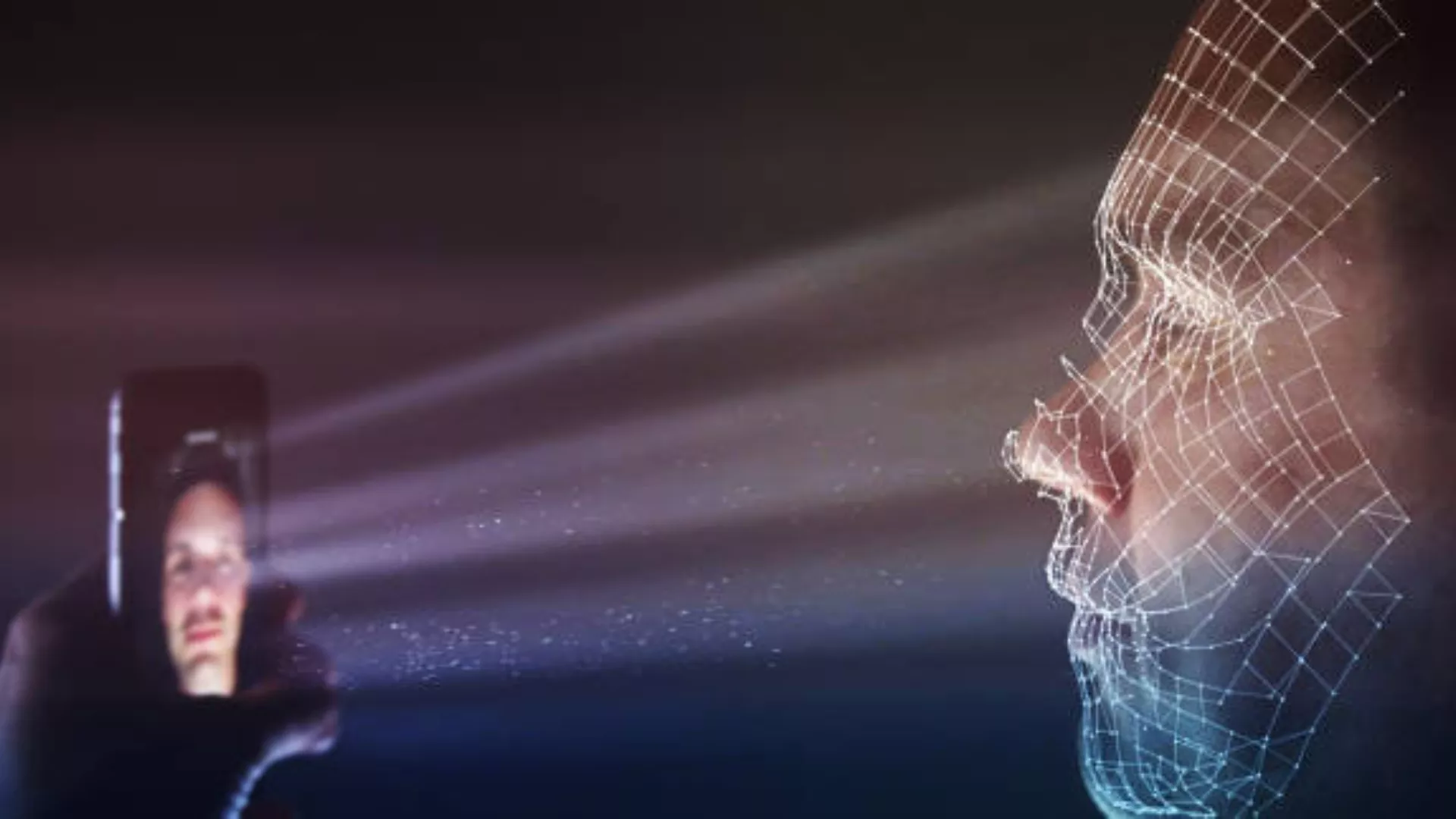In recent years, the rapid increase in digitization has prompted the widespread integration of face recognition services across diverse realms. Moreover, these services use AI technology, ensuring an effective defense against fraudulent activities. As projected by reports, the facial verification market is poised to achieve a valuation of $9.06 billion by 2024.
Today, this technology plays a pivotal role in identity verification systems, helping various sectors to discourage ID fraud in their business operations. In this article, we delve into the inception of facial verification and its profound impact on the contemporary landscape.
A Quick Overview of Facial Verification Technology
The face verification system validates the user’s IDs by using their facial features. Using the customer’s government-issued ID, the system uses AI algorithms to instantly verify the customer’s identification.
Biometric identification systems can include facial recognition. According to the FTC, customers are expected to lose nearly $8.8 billion to fraud in 2022, a significant increase of 30% from the previous year. Therefore, many companies are adopting this technology due to the increasing identity fraud rate in the ever-evolving digital world. Moreover, biometric identification includes fingerprint scanning, eye retina or iris examination, and voice recognition.
Also Read: 10 Ways 5G Shaping the Future for the Next Generation
What are the Applications of Facial Verification?
AI-powered facial verification services help businesses to manage a secure work environment in their organizations while improving user experience.
The following are the top uses-cases of the facial verification system:
Monitoring Employee Attendance
Facial verification systems are widely popular among businesses because they provide touchless identification. This technology gained importance after the COVID pandemic, as many companies are moving towards touchless verification systems. Thus, facial verification reduces the need for touch-based biometric verification systems while significantly eliminating the threat of virus transmission.
The major advantage of facial recognition authentication is that it helps to track location-based live attendance. This way, managers can easily track their employee’s login-in and log-out time even if they are not in the office.
Security And Access
Another use case of a facial verification system is at security doors. Many company or residential area ticket counters and entrance gates use this technology. However, traditional security measures usually focus on watching recorded or live camera streams and physically alerting the suspicious activity about the individual. Moreover, it is also costly and vulnerable to mistakes that take a long time. Therefore, businesses implement facial verification technology in their systems.
Security gadgets using face identity recognition improve safety and monitoring while lowering expenses. It verifies the customer’s identity with the database record and matches it with the camera’s video, notifying suspicious human behaviors.
Law Enforcement
Face verification technology helps the law enforcement sector detect illicit activities and mitigate the risk of identity theft and fraud. The technology is now used in video monitoring systems across the globe and examines CCTV footage of suspicious individuals in crowded environments. Facial verification technology protects the sector from criminal activities and helps them comply with regulations and avoid non-compliance fines. Undoubtedly, the benefits of facial recognition are immense.
Finance
During the current year, facial recognition technology has gained prominence in specific financial operations, particularly in mobile-based payments and digital wallet transactions. Implementing facial verification with automated KYC systems has become a standard practice across global financial establishments. This technology offers enhanced safeguards against identity theft, streamlined and swift identity verification, and secure transaction processes.
Even if someone forgot their bank card or doesn’t like touchscreen interfaces, cardless ATMs allow direct cash withdrawals from bank accounts. In this scenario, when an ATM camera scans an individual’s face, a sophisticated face recognition system seeks a corresponding match within the database server. During account initiation, electronic KYC (eKYC) involves facial scanning and ID database comparison using the potential customer’s photo. After completing eKYC scrutiny and verification, customers can access their bank account and associated services.
Also Read: KYC Regulations: Ensuring Compliance and Safeguarding the Financial System
Final Thoughts
Facial verification technology is becoming necessary for organizations in this digital era. Many financial organizations and government bodies are adopting this latest technology for several purposes. It helps companies verify their customers’ identities by matching their ID card photos with the database record. Thus, companies can easily identify that their clients are the same who they say they are.
As the driving force behind WikiPluck, I am dedicated to curating and sharing insightful knowledge across a spectrum of subjects. From technology trends to Business advice, WikiPluck strives to be a go-to resource for those seeking to enhance their understanding and make informed decisions.
Join me on this journey of discovery and enlightenment as we pluck the gems of wisdom from the vast landscape of knowledge.

